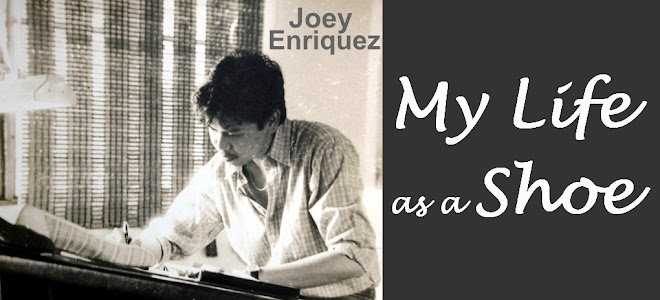Policy Center forum discusses policy issues and strategies in the tourism, furniture, fine jewelry, and footwear industries
By the AIM Policy Center
The Department of Trade and Industry (DTI) estimates that small and medium enterprises (SMEs) comprise over 90% of Philippine enterprises and are among the principal drivers of economic growth and development. Micro, small and medium scale enterprises (MSMSEs), on the other hand, comprise about 70% of the country’s labor force in both the formal and informal sectors.
Out of the registered Php1.8 trillion exports generated in 2000, approximately Php1 trillion came directly or indirectly from SMEs, translating to roughly 33% of total Gross Domestic Product (GDP). In addition, from 1988 to 1993, the board estimated that around 78% of yearly Board of Investments registrations were comprised of SMEs. Furthermore, SMEs constitute the backbone not only of the Philippine economy but of the Asia Pacific as well, accounting for over 90% of enterprises and 32-48% of employment.
In cognizance of the invaluable role that SMEs play, the AIM Policy Center organized the forum entitled Policies and Strategies to Promote Entrepreneurship and Enterprise Development: Focus on 4 Industry Clusters of Tourism, Furniture, Fine Jewelry, and Footwear at the AIM Conference Center Manila last January 26, 2005.
Dr. Eduardo Morató Jr., former dean of the AIM W. Sycip Graduate School of Business, presented his study on enterprise development and the promotion of entrepreneurship as a key government strategy in poverty alleviation and economic growth. His extensive study revolved around four industries: shoemaking in Marikina City, fine jewelry in Bulacan province, furniture in Pampanga province, and tourism in Mactan Island. Twenty-one case studies and a national survey of 180 entrepreneurs conducted in four high-growth and two low-growth regions in the country were consequently discussed.
Dr. Morató stressed that social and political stability would be crucial in spurring Philippine economic growth, promoting entrepreneurship, and developing new enterprises. Stability creates an economic environment conducive to the entry of new investors and the expansion of existing firms.
Dr. Morato’s presentation concluded with some powerful lessons. The concentration of skilled craftsmen creates an industry cluster that motivates more and more entrepreneurs to establish businesses based on their learned skills. As evident in the four industries, convenience of proximity and easy access between the market and the providers of goods and services must be made available. Government can assist through the provision of infrastructure and utilities that in turn will attract business entrants.
Clusters promote new business formation; enhance productivity and innovation; produce synergies in terms of cost competitiveness, market development, product complementation, and research and development; and increase access to institutions and public goods. In addition, the industry and case studies prove that industry clusters, industry chains, and industry convergence of government services are huge contributors to the promotion of entrepreneurship and the development of enterprises, which eventually lead to greater wealth generation, job creation, and, deductively, poverty alleviation.

Prof. Morato with Prof. Alejandrino Ferreria (left) of the AIM Asian Center for Entrepreneurship and Mr. Joey Enriquez, president of the Marikina Council of Fashion
Dr. Morato’s presentation was followed by reactions from the heads of the featured industry clusters. Mr. Joey Enriquez, president of the Marikina Council of Fashion, emphasized that the Philippine footwear industry in view of China’s vast manufacturing capabilities must concentrate and compete more in terms of quality and design as opposed to volume. On the other hand, Mrs. Cecilia Ramos, chairman of the Confederation of Philippine Jewellers, Inc. and the Meycauayan Fine Jewelry Industry Association, proposed for a more intensive review of RA 8502, possible tax amnesties, stricter quality control, continuous government support from DTI and Bureau of Treasury, availability of financing instruments, and the further exploration of Diwalwal in Southern Mindanao.
Mr. Joseph Pangilinan, vice president for Advocacy of the Chamber of Furniture Industries of the Philippines National Chapter, revealed that the country has an estimated 15,000 furniture companies, 95% of which are micro enterprises. The furniture industry, with annual exports amounting to US$300 million, generates employment for almost 500,000 direct workers and 1.3 million more in allied chain industries. However, he lamented that the industry has very few excellent players. Mr. Pangilinan suggested that firms should invest more in marketing campaigns and less in training due to rampant employee piracy in the industry.
The forum is in conjunction with the AIM Policy Center’s continued efforts to promote Philippine global competitiveness. Sponsored by the Konrad Adenauer Foundation, the forum was attended by members of the government, business, and academic sectors.
Link:
http://www.aim.edu/home/announcementc.asp?id=626

No comments:
Post a Comment